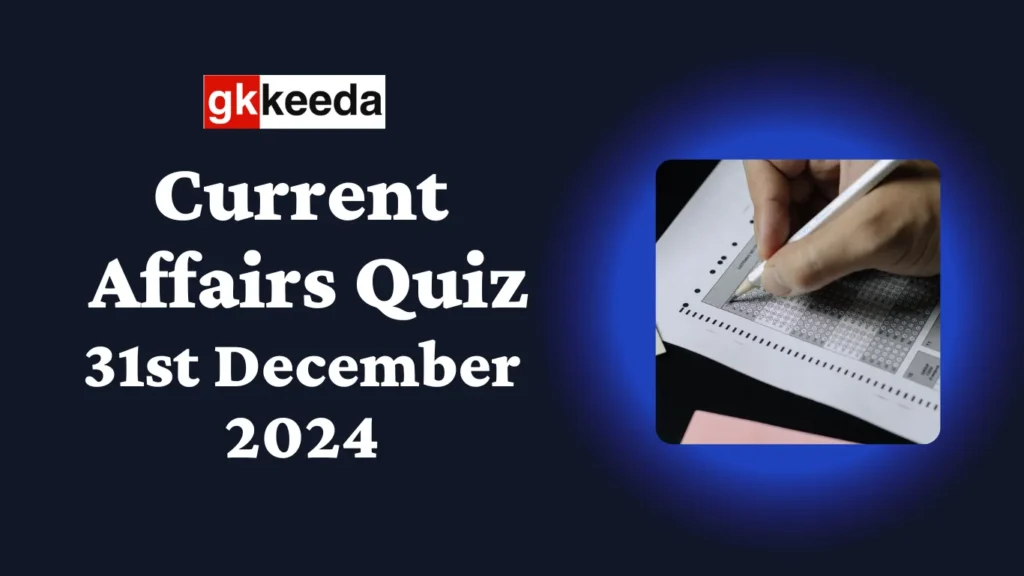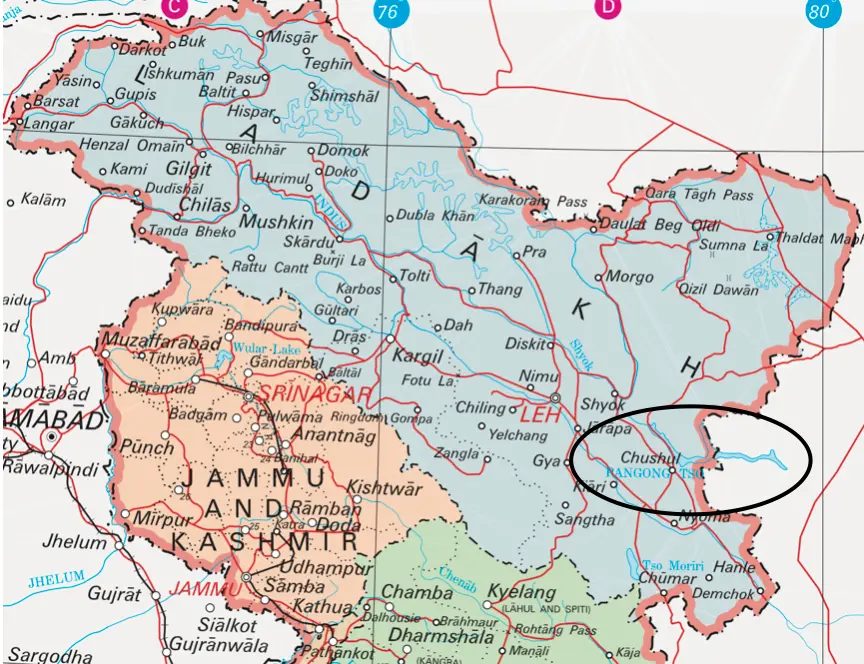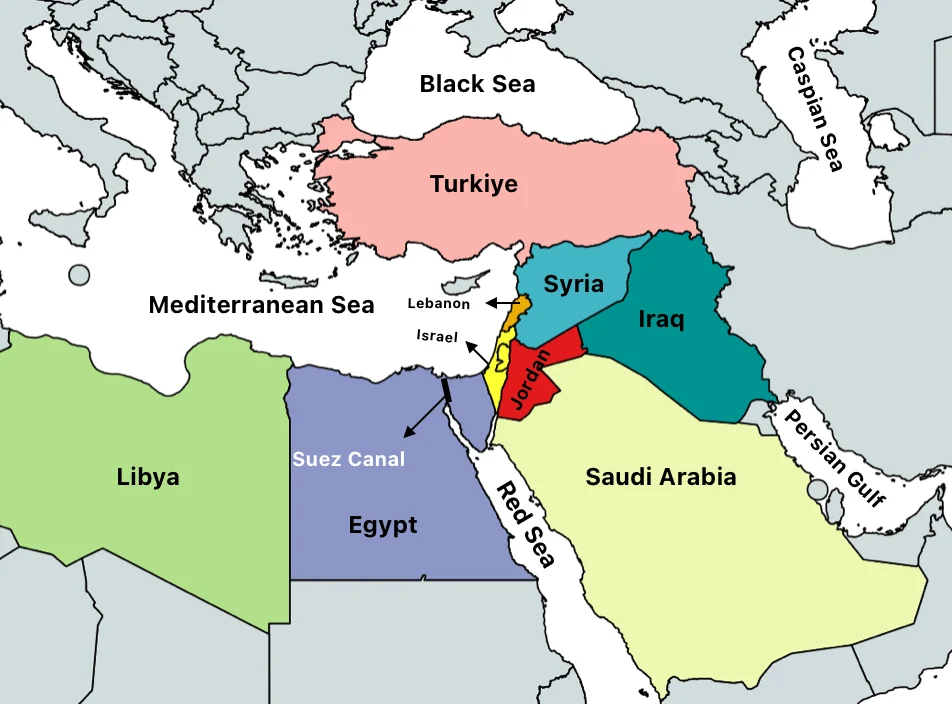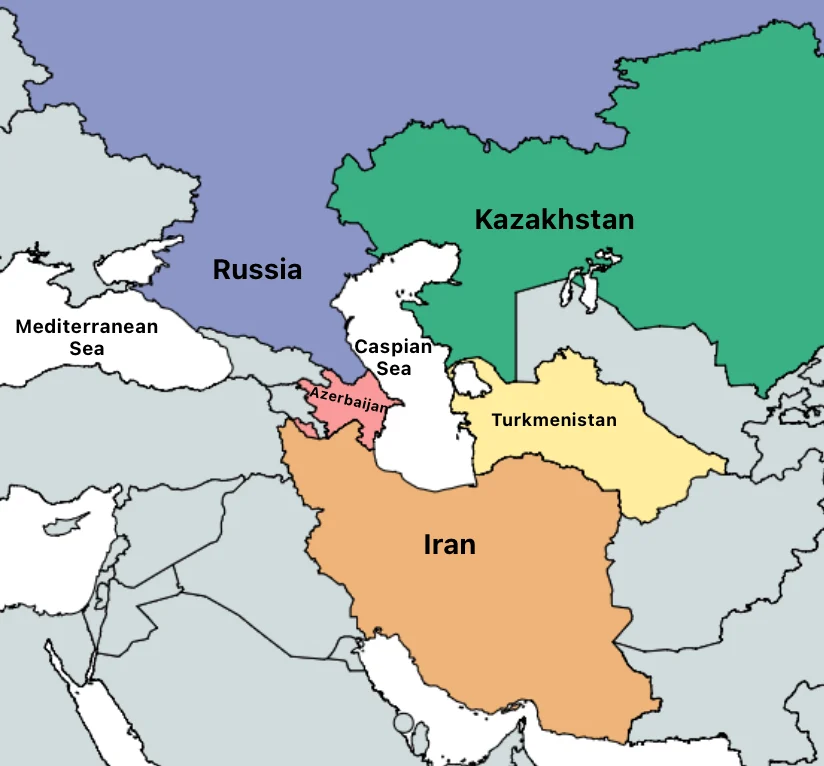Current Affairs Quiz 31st December 2024 UPSC

Are you searching for a daily current affairs quiz that includes answers and covers all important topics from an exam perspective, such as UPSC Prelims and State PCS? If yes, you’ve come to the right place!
This current affairs quiz includes recent questions and answers. You can attempt it as a daily MCQ quiz for UPSC.
In our daily current affairs quiz, we strive to cover a variety of sources, including Vision IAS Daily Current Affairs, PIB, and newspapers such as the Indian Express, The Hindu, and The Economic Times.
Topics covered in 31st December 2024 Current Affairs Quiz
Q1. Which Supreme Court case declared internet access a fundamental right in India?
(A). Shreya Singhal v. Union of India
(B). Anuradha Bhasin v. Union of India
(C). K.S. Puttaswamy v. Union of India
(D). Maneka Gandhi v. Union of India
Show Answer
Correct Answer: (B)
Explanation:
Context: According to data from the Software Freedom Law Centre, in 2024, India recorded the lowest number of internet shutdowns (60) in the last eight years.
Legal provision backing for internet shutdowns in India
- Constitutional Article 19(2) allows the government to impose reasonable restrictions on freedom of speech and expression for the state’s security, public order, etc.
- Telecom Services (Public Emergency or Public Safety) Rules 2017 under the Telegraph Act 1885 allow internet shutdown in case of public emergency or public safety.
- Section 163 of Bharatiya Nagrik Suraksha Sanhita (erstwhile Section 144 of CrPC).
Right to Internet access
- Supreme Court, in its judgment in the Anuradha Bhasin Case of 2020, recognized that the Right to Internet Access is a fundamental right. It is protected under Article 19(1)(a), which ensures the right to freedom of speech and expression, and Article 19(1)(g), which protects the right to carry on any occupation, trade, or business over the Internet.
- In 2016, the United Nations declared internet access a fundamental human right.
Q2. The Financial Stability Report is released by
(A). Ministry of Finance
(B). Securities and Exchange Board of India (SEBI)
(C). Reserve Bank of India (RBI)
(D). NITI Aayog
Show Answer
Correct Answer: (C)
Explanation:
Context: The Reserve Bank of India (RBI) recently released the “Financial Stability Report, December 2024“.
What is a Financial Stability Report?
- It is a semiannual publication summarising the collective assessment of the Financial Stability and Development Council (FSDC) subcommittee on current and emerging risks to the stability of the Indian financial system.
Main takeaways from the report
- GDP is projected to grow at 6.6% in 2024-25, showcasing the resilience of the Indian economy.
- The central government debt-to-GDP ratio is expected to decline from 62.7% (2020-21) to 56.8% by 2024-25.
- The state’s outstanding liabilities are projected to decline from 31% to 28.8% over the same period.
Q3. Consider the following statements regarding the Financial Stability and Development Council (FSDC):
(1). It is a constitutional body.
(2). The RBI Governor chairs it.
Which of the following statements given above is/are correct?
(A). 1 only
(B). 2 only
(C). Both 1 & 2
(D). Neither 1 nor 2
Show Answer
Correct Answer: (D)
Explanation:
What is the Financial Stability and Development Council?
- It is a non-constitutional, non-statutory body established by the Central Government as the apex forum in 2010. Hence, statement 1 is incorrect.
- It is chaired by the Union Finance Minister. Hence, statement 2 is incorrect.
- Its members include heads of financial sectors (RBI, SEBI, IRDA, PFRDA, IBBI and FMC), Chief Economic Advisor, Secretary (DFC, MCA, MietY), and the Finance Secretary.
- It deals with inter-alia issues relating to financial stability, financial sector development, inter-regulatory coordination, etc.
Q4. The Suez Canal connects which two water bodies?
(A). North Sea to Baltic Sea
(B). Caribbean Sea to the Pacific Ocean
(C). Mediterranean Sea to the Red Sea
(D). Mediterranean Sea to the Persian Gulf
Show Answer
Correct Answer: (C)
Explanation:
Context: Egypt recently completed a trial run of the new Suez Canal channel extension.
Q5. Consider the following statements regarding a Private Member’s Bill:
(1). It is a legislative proposal initiated by a Member of Parliament who is not a part of the Council of Ministers.
(2). The notice period to introduce a Bill is 14 days.
(3). The last two and a half hours of a sitting on Friday in the Lok Sabha are allocated to private members’ bills.
(4). To date, only 14 such bills have been passed and received the assent of the President.
How many of the above statements given above are correct?
(A). Only one
(B). Only two
(C). Only three
(D). All four
Show Answer
Correct Answer: (C)
Explanation:
Context: According to the data, the 17th Lok Sabha spent only 9.08 hours on Private Members’ Bills.
What is a Private Members’ Bill?
- It is a legislative proposal initiated by an individual member of Parliament who is not part of the Council of Ministers. Statement 1 is correct.
- The last two and a half hours of a Friday sitting in the Lok Sabha are allocated to private members’ bills, while the last two and a half hours on alternate Fridays are earmarked in the Rajya Sabha. Hence, statement 3 is correct.
- The period of notice to introduce a bill is one month. Hence, statement 2 is incorrect.
- To date, only 14 such bills have been passed by the Parliament. Hence, statement 4 is correct.
- Since 1970, no such Private Members’ Bill has been passed.
Q6. “Industry 4.0 Adoption and Strategic Roadmap for Indian Manufacturing Report” released by
(A). Confederation of Indian Industry (CII)
(B). Ministry of Electronics and Information Technology (MeitY)
(C). World Economic Forum (WEF)
(D). NITI Aayog
Show Answer
Correct Answer: (A)
Explanation:
Context: CII recently released the “Industry 4.0 Adoption and Strategic Roadmap for Indian Manufacturing Report“.
Key findings of the report
- Frontrunners in adopting Industry 4.0 are the automotive, electronics, and pharmaceutical sectors. In contrast, sectors like textiles, metals and mining face significant barriers.
- Key drivers include workforce up-skilling, digital infrastructure, and sustainability.
- Several barriers to adoption are awareness, technological barriers, financial constraints, and a shortage of skilled human resources.
Q7. With reference to CPGRAMS, consider the following statements:
(1). It is an online platform available 24/7 for citizens to lodge grievances with public authorities regarding service delivery.
(2). It is monitored by PMO.
(3). It is a single portal connecting all ministries and departments of the Government of India and its states.
Which of the following statements given above is/are correct?
(A). 1 & 2 only
(B). 2 & 3 only
(C). 1 & 3 only
(D). 1, 2 & 3
Show Answer
Correct Answer: (C)
Explanation:
Context: According to the data, CPGRAMS successfully resolved over 7 million public grievances in the last 3 years.
What is CPGRAMS?
- It stands for Centralised Public Grievances Redress and Monitoring System, an online platform available 24/7 for citizens to lodge grievances with public authorities regarding service delivery. Hence, statement 1 is correct.
- Department of Administrative Reforms and Public Grievances (DARPG) is responsible for its development and monitoring. Hence, statement 2 is incorrect.
- It is a single portal connecting all ministries and departments of the Government of India and its states. Hence, statement 3 is correct.
- The average time for grievance redressal has declined from 22 days in 2022 to 12 days in 2024.
- Centre has launched a 10-step CPGRAMS reform process, which includes technological upgradation, AI-based Bhashini for language translation, and a Grievance Redressal Assessment & Index to evaluate the performance of ministries and departments.
Q8. Which of the following countries share a border with the Caspian Sea?
(1). Kazakhstan
(2). Azerbaijan
(3). Uzbekistan
(4). Turkmenistan
(5). Russia
(6). Iran
Select the correct answer using the code given below:
(A). 1, 3, 4, 5 & 6
(B). 1, 2, 4, 5 & 6
(C). 2, 3, 4, 5 & 6
(D). 1, 2, 3, 5 & 6
Show Answer
Correct Answer: (B)
Explanation:
Context: Recently, the Russian President apologised to Azerbaijan’s President following the plane crash of an Azerbaijani airline in Kazakhstan that killed 38 people
Q9. With reference to Pangong Lake, consider the following statements:
(1). It is the world’s highest freshwater lake.
(2). One-third of Pangong Lake lies in India, and the other two-thirds in China.
(3). It is an endorheic lake that changes colour at different times.
Which of the following statements given above is/are correct?
(A). 1 & 2 only
(B). 2 & 3 only
(C). 1 & 3 only
(D). 1, 2 & 3
Show Answer
Correct Answer: (B)
Explanation:
Context: The Indian Army recently installed a Shivaji statue on the bank of Pangong Lake.
About Pangong Lake
- It is the world’s highest saltwater lake, situated at a height of 4,350 m in eastern Ladakh.
- Pangong name came from the Tibetan word “Pangong Tso“, which means high grassland lake.
- It is an endorheic lake, which means it is landlocked and is known to change its colour at different times.
- It is 160 km long, with one-third of Pangong Lake in India and two-thirds in China.

Q10. Consider the following statements regarding the Calamity of Severe Nature:
(1). It is explicitly defined in the Disaster Management Act of 2005.
(2). Both the Central and State Governments can declare a disaster a ‘calamity of severe nature.’
Which of the following statements given above is/are correct?
(A). 1 only
(B). 2 only
(C). Both 1 & 2
(D). Neither 1 nor 2
Show Answer
Correct Answer: (D)
Explanation:
Context: The Inter-Ministerial Central Team (IMCT) has recently declared Wayanad landslides as a “calamity of severe nature”.
What is the calamity of severe nature?
It is generally defined based on the intensity and magnitude of losses to life and property.
No specific criteria are given in the SDRF and NDRF guidelines, and nothing is explicitly defined in the Disaster Management Act of 2005 for declaring a natural calamity a calamity of severe nature. Hence, statement 1 is incorrect.
However, the Central Government can treat it as a calamity of severe nature based on recommendations of IMCT.
That’s all for today! How did you find the quiz?
Please comment on how many questions you answered correctly.
Wishing you all the best! See you tomorrow with a new and exciting quiz.



No Comment! Be the first one.